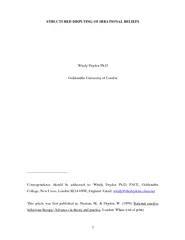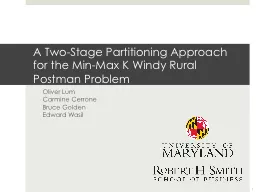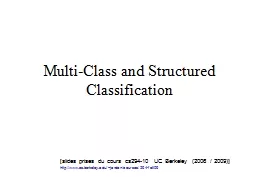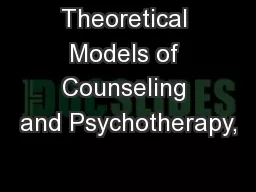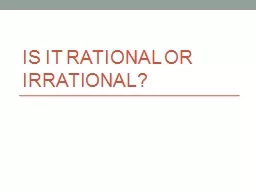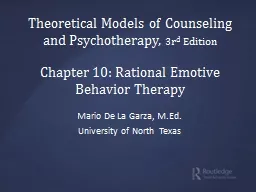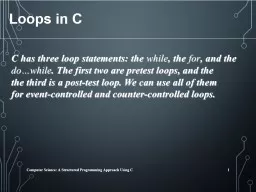PDF-STRUCTURED DISPUTING OF IRRATIONAL BELIEFS Windy Dryde
Author : marina-yarberry | Published Date : 2015-06-02
D Goldsmiths University of London Correspondence should be addressed to Windy Dryden PhD PACE Goldsmiths College New Cross London SE14 6NW England Email windythedrydensclaranet
Presentation Embed Code
Download Presentation
Download Presentation The PPT/PDF document "STRUCTURED DISPUTING OF IRRATIONAL BELIE..." is the property of its rightful owner. Permission is granted to download and print the materials on this website for personal, non-commercial use only, and to display it on your personal computer provided you do not modify the materials and that you retain all copyright notices contained in the materials. By downloading content from our website, you accept the terms of this agreement.
STRUCTURED DISPUTING OF IRRATIONAL BELIEFS Windy Dryde: Transcript
Download Rules Of Document
"STRUCTURED DISPUTING OF IRRATIONAL BELIEFS Windy Dryde"The content belongs to its owner. You may download and print it for personal use, without modification, and keep all copyright notices. By downloading, you agree to these terms.
Related Documents

